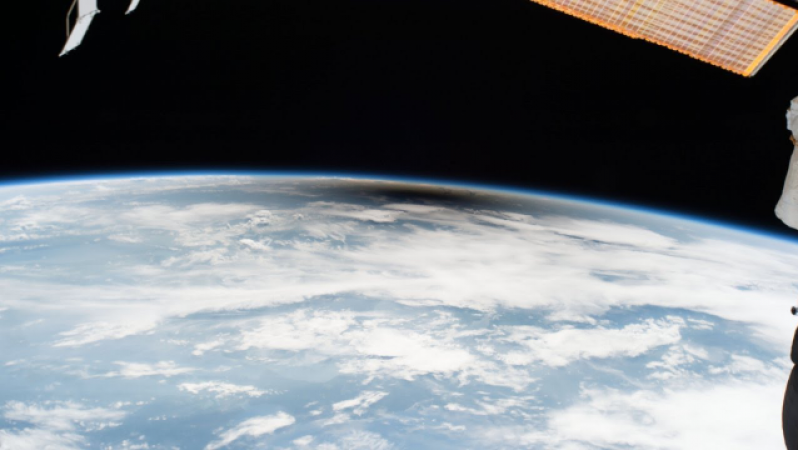
USA: In a new United Nations report, the Earth's protective ozone layer is slowly but noticeably healing at a rate that would completely close the hole over Antarctica in 43 years.
More than 35 years after every country in the world agreed to stop producing chemicals that eat away at the layer of ozone in the Earth's atmosphere that protects the planet from harmful radiation linked to skin cancer, cataracts, and crop damage, a once-every-four-years scientific assessment found recovery in progress.
We observe improvements in the upper stratosphere and the ozone hole, according to Paul Newman, co-chair of the scientific assessment.
Also Read: Bolsonaro in Florida hospital; more than 1,500 supporters detained following riots in Brasilia
According to the report given Monday at the American Meteorological Society convention in Denver, the progress is slow. It won't be until around 2040 that the average amount of ozone in the atmosphere at a height of 18 miles (30 kilometres) will return to its 1980 pre-thinning levels. And the Arctic won't return to normal until 2045.
It won't be completely fixed in Antarctica, where the layer is so thin that a huge gaping hole forms every year, until 2066, according to the report.
As a result of the 1987 Montreal Protocol, which outlawed a group of chemicals frequently found in refrigerants and aerosols, scientists and environmentalists around the world have long hailed efforts to close the ozone hole as one of humanity's greatest ecological triumphs.
"Ozone action creates a model for tackling climate change. The World Meteorological Organization Secretary-General Prof. Petteri Taalas said in a statement that "our success in phasing out ozone-eating chemicals shows us what can and must be done - as a matter of urgency — to transition away from fossil fuels, reduce greenhouse gases, and so limit temperature increase."
Four years ago, there were some reported healing signs, but they were more flimsy. "Those recovery numbers have really solidified," Newman said.
Also Read: Vatican reopens inquiry into 1983 kidnapping of teenager
According to Newman, chief Earth scientist at NASA's Goddard Space Flight Center, the two main chemicals that eat away at ozone are present in the atmosphere at lower concentrations. The amount of chlorine in the air has decreased by 11.5 percent since its peak in 1993, while the amount of bromine, which is more effective at consuming ozone but is present in lower concentrations, has decreased by 14.5 percent since its 1999 peak.
The fact that bromine and chlorine levels "stopped growing and is coming down" is a clear indicator of the Montreal Protocol's efficacy, according to Newman.
Our society's approach to ozone depleting substances has changed fundamentally, according to David W. Fahey, co-chair of the scientific panel and director of the chemical sciences lab at the US National Oceanic and Atmospheric Administration.
In the past, refrigerants that deplete the ozone layer, pierce it, and contaminate the atmosphere could be purchased in a can from a store, according to Fahey. In addition to being prohibited, the substances are no longer commonly found in homes or automobiles because they have been replaced by cleaner chemicals.
Also Read: Israel Govt bans Palestinian flags
Ozone hole levels, which reach their peak in the fall, are influenced by natural weather patterns in the Antarctic. And because of that, the holes have gotten a little bigger over the last couple of years, but overall, healing is the trend, according to Newman.
Inger Andersen, director of the United Nations Environment Programme, stated in an email to The Associated Press earlier this year that this "saves 2 million people every year from skin cancer."
Chlorofluorocarbon-11 (CFC-11) emissions, one of the substances that are prohibited, started to increase a few years ago rather than decrease. Rogue emissions were observed in some areas of China, but they have since returned to normal, according to Newman.
A third generation of those chemicals, known as HFC, was outlawed a few years ago due to its ability to trap heat rather than because it would eat away at the ozone layer. According to the new report, the ban would prevent an additional warming of 0.5 to 0.9 degrees (0.3 to 0.5 degrees Celsius).
The report also warned that attempts to cool the planet artificially by spraying aerosols into the atmosphere to reflect sunlight would cause the ozone layer in Antarctica to thin by as much as 20%.